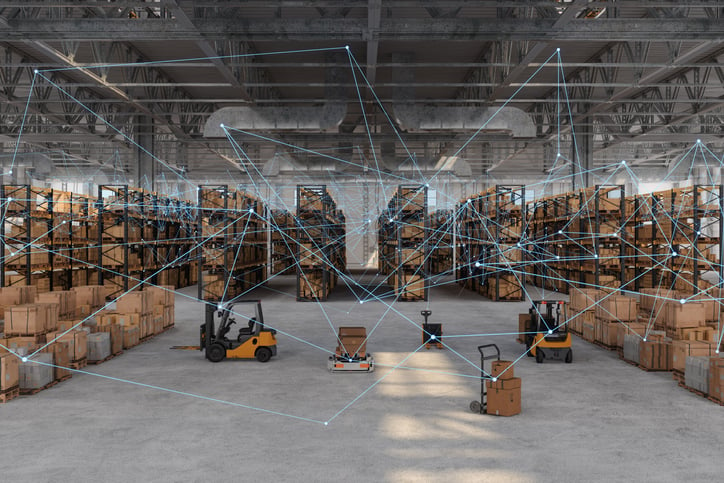Leaning on Automation for Supply Chain Resiliency

In today’s intricate global marketplace, managing a supply chain goes beyond merely coordinating the flow of goods and services. It involves safeguarding reputation and mitigating potential hazards that can significantly impact a company’s brand, trust and bottom line.
Reputation risks and hazards in the supply chain encompass events or activities that tarnish an organization’s image, disrupt operations or harm stakeholders. These could range from product recalls and ethical violations to environmental mishaps. The ripple effect can be profound, affecting not only the company but its stakeholders and the broader industry.
Given these circumstances, supply chain leaders are understandably anxious to create secure processes for employees, partners and customers. Automation stands out as an effective means to achieve this goal, as it can act as a magnifying glass for businesses by providing a clear view into the entire customer experience and enabling a real-time assessment of potential reputation risks and hazards.
Let’s take a closer look at how the supply chain process can be optimized and made safer with artificial intelligence (AI)-driven automation.
An Evolving Landscape
Over the last decade, the supply chain landscape has witnessed a transformative evolution, largely propelled by technological advancements. Such innovations as AI, the Internet of Things (IoT), blockchain and sophisticated data analytics have automated and optimized various aspects of supply management.
However, this rapid growth in technology has also opened new avenues for threats, making the supply chain more susceptible to cyberattacks, data breaches and other vulnerabilities.
Automation is not new as a technological tool, but its application is continually evolving and can be employed in various ways to strengthen a supply chain. By automating processes, supply management leaders can streamline operations, enhance accuracy and significantly reduce human errors. Automation technologies can monitor and analyze a plethora of data in real time, flagging irregularities or potential risks promptly. This proactive approach allows for timely interventions that aid in minimizing the potential damage to the organization’s reputation.
Additionally, automation can encourage greater transparency among producers, suppliers, warehouses, distribution centers, transport operators and retailers by enabling seamless communication and information flow. Real-time data sharing among stakeholders ensures that everyone involved is well informed and can act swiftly in case of a threat, thereby enhancing collaboration and trust within the supply chain.
How to Implement Supply Chain Automation
In light of these advancements and the ever-evolving threat landscape, supply chain leaders will do well to embrace automation to secure their supply chains and uphold their reputations. Get started on your journey with these actionable tips and ideas:
- Assess vulnerabilities. Conduct a thorough assessment of your supply chain to identify potential areas of vulnerability. Understand how automation can help fortify these weak links and mitigate risks effectively.
- Invest in robust automation technologies. Research and invest in cutting-edge automation technologies tailored to your specific supply chain needs, whether within the realm of risk assessment and precision, enhanced compliance monitoring, more effective inventory and order management, cybersecurity measures or automated communication. Collaborate with technology experts to choose and implement the most suitable solutions.
- Train your team. Equip your team with the necessary skills and knowledge to effectively utilize automation tools. Training and upskilling are vital to maximizing the benefits of automation and ensuring seamless integration into your supply chain processes.
- Foster a culture of collaboration and transparency. Advocate for a culture of collaboration and transparency among all supply chain stakeholders. Encourage open communication and knowledge sharing to ensure a collective and proactive approach in identifying and addressing potential reputation risks and hazards.
Keeping the supply chain process safe, transparent and efficient must remain top priority for supply management leaders. By leveraging automation, they can fortify operations, ensure transparency and mitigate reputation risks and hazards. It’s critical to embrace this transformative wave and collectively build supply chains that are resilient and sustainable for the future.


